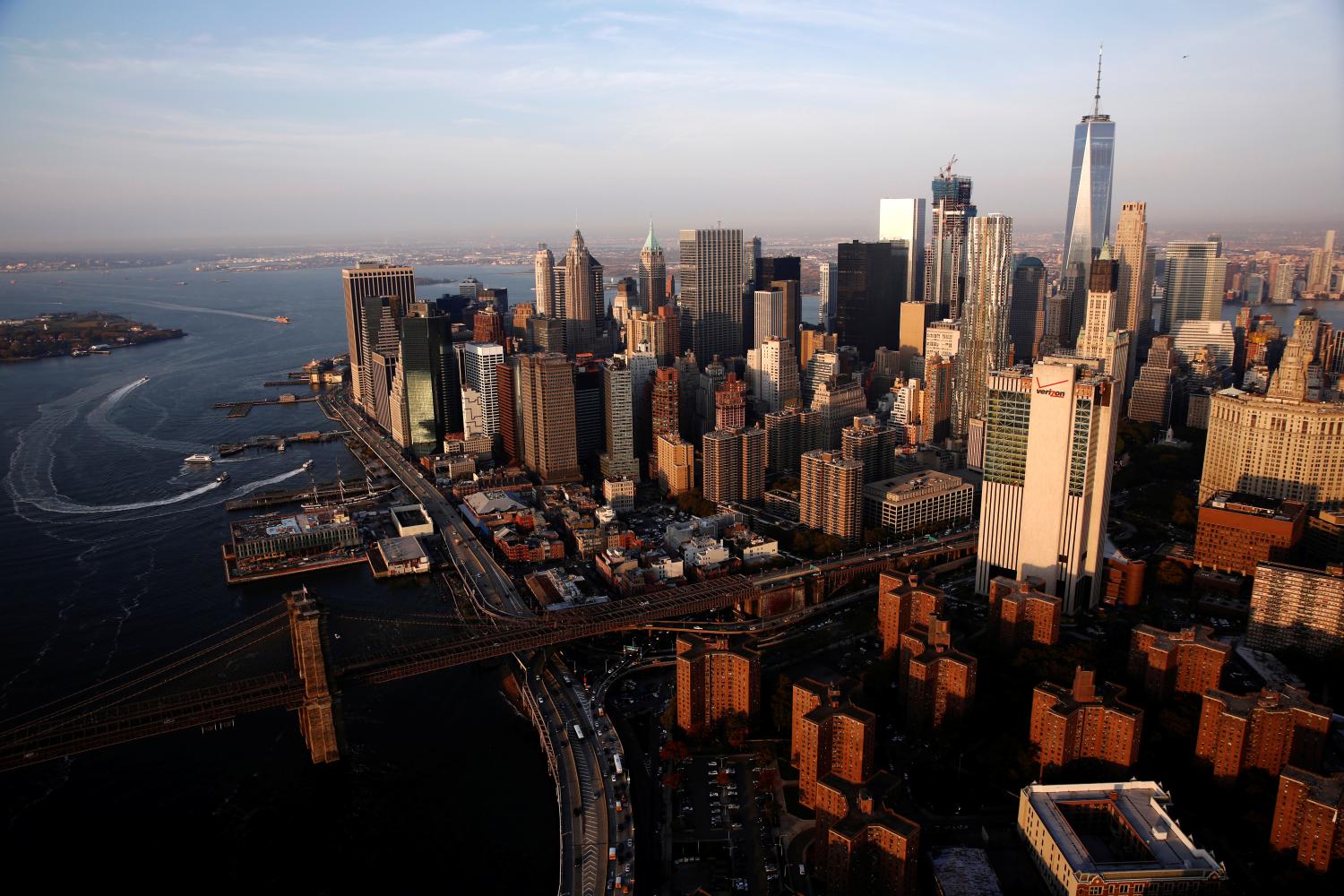In today’s America, talk about immigrants has focused on criminality and illegality, job competition and skills, high costs of social services and budget shortfalls, national security and the border, and culture clashes. In short, immigrants and immigration is a convenient container to store our collective anxiety over the near term as well as the longer term. Fueled by media reports, partisan politics and thin air, to be an immigrant in the United States today is tinged with the whiff of the illicit or at least the undesirable.
When the economic expansion of the 1990s got under way, immigrants, along with many U.S.-born residents, found new jobs and homes in Sunbelt metropolitan areas in the east (Orlando, Charlotte, Atlanta, Nashville) and the west (Dallas-Fort Worth, Phoenix, Las Vegas). None of these places had much of an immigrant presence prior to the 1990s. During the late 1990s, all of them had outsized growth in population, jobs, new home construction, and, you guessed it, immigrants … until the recession hit.
Perhaps not exactly welcomed, immigrants were viewed as a necessary component of the workforce during that period of growth, regardless of skill level and legal status. Now, the airwaves, blogosphere, and newspapers are filled with stories about how states and municipalities are cracking down on immigrants through law enforcement, new ordinances around renting property, regulations over hiring practices, English-only laws, and even flag flying.
There are alternative stories out there that we hear less about. Stories of communities also confronting immigrant newcomers for the first time, but figuring out ways to understand the transformations under way. Yes, there are clashes over how immigrants are fitting into neighborhoods, conflict over priorities in schools and how to handle teaching students with limited English skills, and problems with informal day labor sites. But some places are confronting the challenges in very productive ways.
One community that fits this profile may come as a surprise. Shelbyville, Tennessee, a small town 50 miles south of Nashville, has been described as the “belt buckle of the Bible belt,” and has a history of racial segregation, lynching and conflict. This town first saw Hispanic immigrants arriving in sizable numbers in the 1990s to work in close-by factories including Tysons, Calsonic Kansei, and Sanford Corporation and Musgrave, both pencil factories.
More recently, a number of Somali refugees have made Shelbyville home. Fleeing a war-torn, economically ravaged country, these refugees were originally resettling in communities elsewhere in the United States, including Minneapolis, Columbus and Nashville. Drawn by jobs at the Tyson’s plant, Shelbyville’s first sizable community of the Muslim faith is attempting to put down roots.
A new documentary film, Welcome to Shelbyville shows us the challenging route taken by this rural community to grapple with the changes taking place—changes shaking the foundation of this community’s essential structure and identity regarding race, religion, class and gender. To learn more about Shelbyville’s story, you might want to catch it on PBS’s Independent Lens series next spring. (Brookings had an early screening last week. Click here to watch the trailer.)
What is remarkable about the Shelbyville story is that during the course of the year-long filming, long-term residents of the town start to change. You see the complexities and the fluidity of the way both immigrants and residents make adjustments to their way of life, to their way of thinking, and to their way of interacting with each other.
How did this happen? It is likely that if a grassroots collaborative called Welcoming Tennessee, had not stepped in, things may have gone very differently. An affiliate of a national organization, Welcoming America, this group works to address the fears and concerns that U.S.-born Americans often associate with rapid immigrant growth in local communities.
The Shelbyville story reveals how the process of immigrant integration can be enhanced by key community members. These are residents—both long-term, U.S.-born and immigrants—who are intentionally helping to make this process happen. They do it by communicating directly with each other: some are cultural brokers, some are formal (and informal) leaders in their respective communities, some are learning English, some are teaching English, many are otherwise active participants in civic life.
Has it been smooth? Anything but—there has been miscommunication, but there has also been education. There has been avoidance, but also confrontation. What made a difference in Shelbyville appears to be the acceptance, albeit reluctant, of immigrant and refugee newcomers as neighbors, workers, and students with the necessary adjustments from both sides. Welcome to Shelbyville bares all without flinching.
The Brookings Institution is committed to quality, independence, and impact.
We are supported by a diverse array of funders. In line with our values and policies, each Brookings publication represents the sole views of its author(s).




Commentary
How to Build a Nation of Neighbors
September 24, 2010